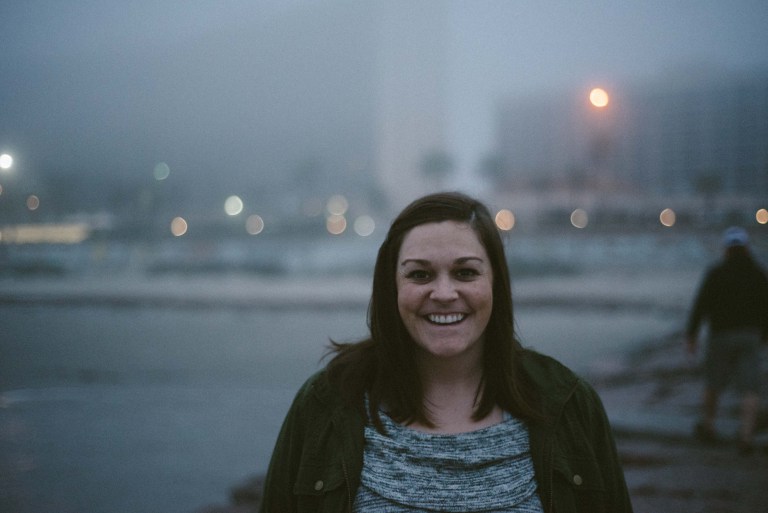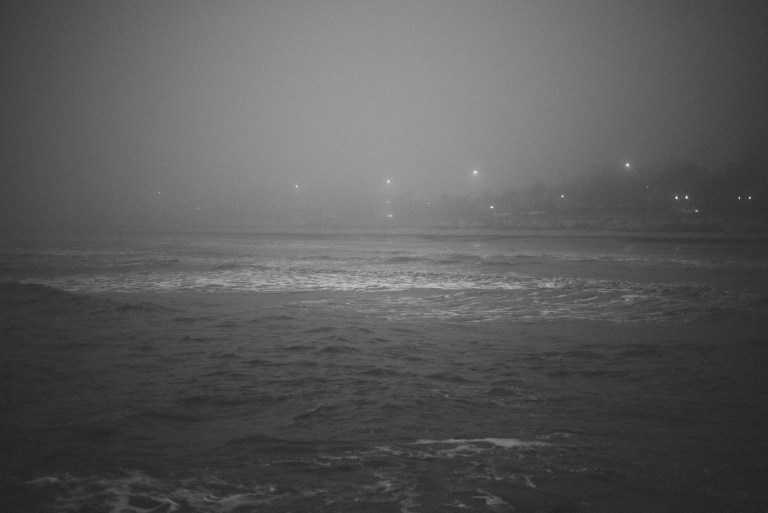I've been a fan of photographer Peter McKinnon for a while now. His vlog has helped me solve countless camera problems and encouraged me to push my skills more often than not. The episode on "8 Camera Hacks in 90 Seconds" not only gave me a ton of practical ways to step up my video game, it showed that professionals don't always use super expensive gear to get incredible shots. McKinnon uses a leather belt as a stabilizer in some shots. That sounds absurd, but I'm here to tell you from experience, it works.
Stop Comparing
On the latest episode, McKinnon asks "why aren't you taking better photos?" On the surface that may seem a pretty existential type of question. Maybe I'm just not good enough. Maybe I'm working with old equipment? Surprisingly, his first response is to simply stop comparing yourself to others, especially through social media.
I find myself watching other people's videos and wondering why my work doesn't look the exact same. Well, the answer to that is that I'm a different photographer and filmmaker with a whole different perspective. McKinnon suggests pausing your social media feeds and getting out there and creating. This can be translated to so many different things in life. There's merit in reading great authors but not if it paralyzes into not writing. I find myself falling into this trap way too often. I've got an idea for a short video right now but find myself looking over other people's work instead of actually going out and filming.
Poetry Off Page
Torri Horness has created a unique niche of writing original poems and inspirational quotes on paper and selling them on Etsy under the name Notes On The Way. She took something she loved and turned it into what she did. It's as simple as that. She's also amassed over 30 thousand Instagram followers along the way because the thing that brings her joy is authentic and resonates with people. That's the kind of story I want to convey.
A few weeks ago I had a dream about a guy waking up, getting out of bed and going to a protest. It was short, simple and felt as cinematic as any movie. The very next day I ran across an old poem that seemed to illustrate the dream perfectly. It was a no brainer. I had to recreate the dream on film with the poem as narration. I began storyboarding the look and feel, planning out who could feature in it and double checking copyright status for the narration. Thankfully, it's in the Public Domain so that was covered. Then I started watching other filmmakers interpretation of similar pieces. The problem is, I never stopped doing that.
I had hacked into the creative side of my brain and then overloaded it with doubt. From the initial excitement over the idea to comparing my work with more experienced filmmakers, I had lost the spark. Well, more like I doused the spark with my own self doubt.
Perfecting the Follow Through
The human mind is really good at convincing itself that whatever it just thought of, someone has probably done it better. I'm here to tell you (and myself) that even if someone has done it better, they haven't done it like you. That voice inside of you is unique and shaped by experiences and stimuli that no other person can claim. You have a story to tell and if you don't learn to tell it in your own way, the world suffers. My rallying cry for today is to perfect the art of the follow through. I'm working on this myself and if you want to help me get past the pre-production stage on this poetry/film project, drop me a line here.
So stop just dreaming and move to the creation phase. Need some more inspiration, try Andy J. Miller's podcast The Creative Pep Talk. I can't tell you how many times this resource has helped kick my butt in gear. Also, check out Chookooloonks from photographer and author Karen Walrond. She's challenged me to push forward in profound ways through her photography and insight.














